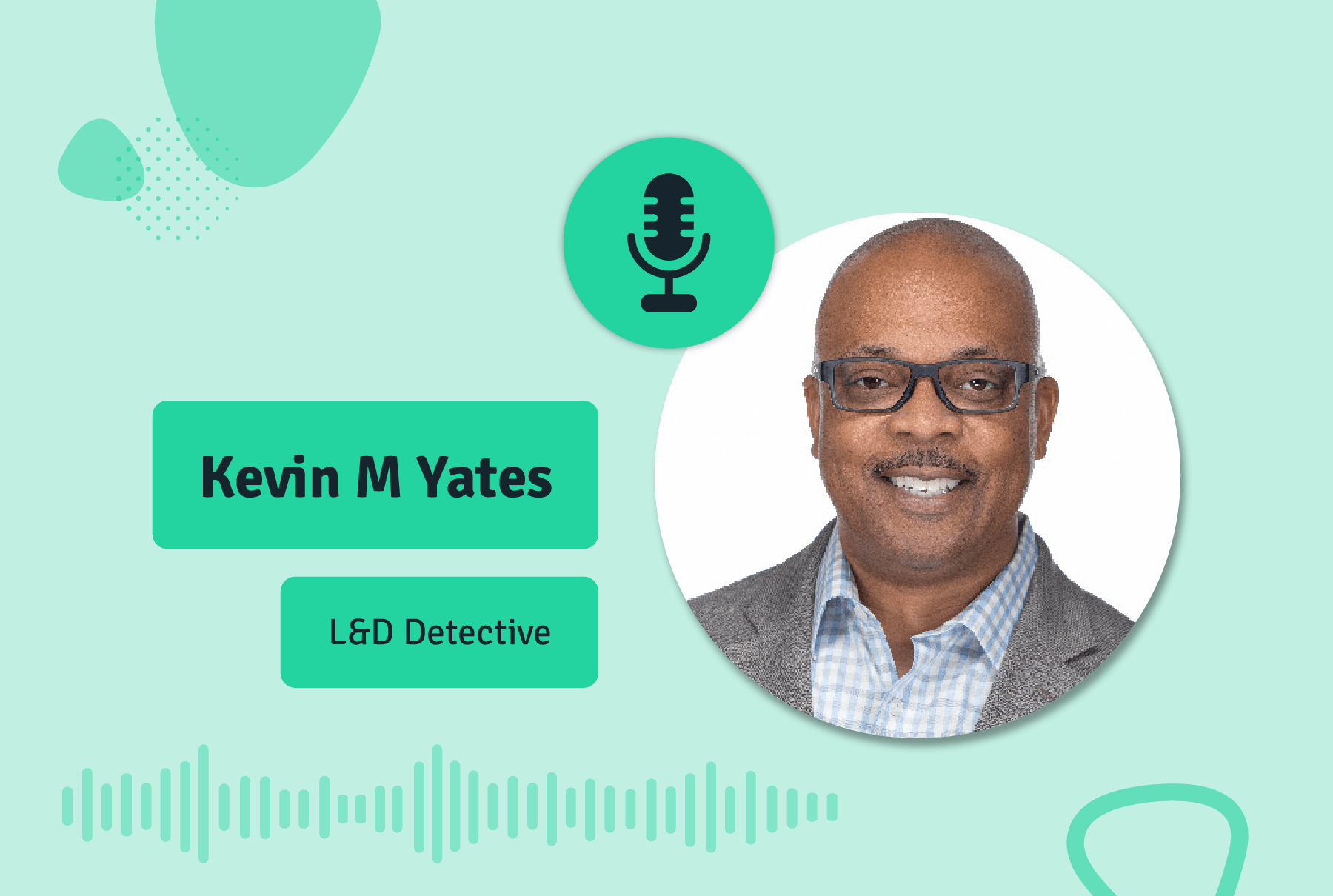Why Facts, Evidence & Data are the Only Way to Demonstrate the Impact of Learning
Reading Time:

Lead the pack with the latest in strategic L&D every month— straight to your inbox.
SubscribeChange the perception of L&D by creating win-win partnerships and uncovering the performance outcomes that drive business outcomes
Kevin M. Yates, the L&D Detective who solves measurement mysteries, joins Blake Proberts on the Strategic L&D Podcast to discuss overcoming the perception issue of L&D.
They chat about transitioning L&D from being reactive to proactive, getting optimal impact by mixing human performance and business performance metrics, and how it’s the volume of content linked to your performance metrics that matter, rather than the volume of content overall. Listen to the full episode above or watch below.
Key takeaways
“The business goal is not to train X number of people by X date. The business goal is how you want people to be able to perform and behave and act towards a specific business outcome.”
1. Start at the end.
The end is a business goal. Develop performance requirements from your strategy and metrics from goals so you can measure effectively.
“It’s a matter of connecting the dots between… how training and learning influences human performance, and how human performance influences business performance.”
2. Have signals that things are working.
Metrics and measures determine the extent to which training does what it is intended to do—or does not, at which point, you need to pivot.
“L&D is a trigger for performance, but it is only one trigger, not the only trigger.”
3. Performance is a collaborative effort.
Build relationships with the owners of performance metrics (read: managers, leaders) to connect learning outcomes to business success.
“You’re going to be most successful [with libraries of] content… when you map it back to skill requirements, capability requirements, and performance requirements.”
4. Be clear on the required skills and behaviours to be successful…
…so you can design training and learning solutions that produce those behaviours as outcomes.
“Training, learning, and talent development teams need to be very clear about the difference between measuring the impact or the influence of our unique and different training and learning solutions, compared to measuring the impact of L&D.”
5. Translate efforts into outcomes.
How does L&D, as a function, contribute to business goals and success? And how does learning contribute to performance outcomes? There’s a difference.
See more from our host: Blake Proberts
Learn about our guest: Kevin M. Yates
Hear more of the Strategic L&D Podcast on Spotify and Apple. You’ll also find us in video form on YouTube.